Ongoing maintenance and tidying are the easiest ways to maintain value
Certain kinds of additions can actually make your home harder to sell
Undertake some simple renovations before putting your house on the market
Making certain kinds of home improvements—and failing to make others—plays a big role in the property value determined by appraisers … and what buyers are willing to fork over.
And while you shouldn’t fret too much about what other people think about your house (it’s your space, after all), if you have plans to sell on the horizon, you’ll want to make sure you’re keeping the return on your investment (ROI) in mind. Here are some factors that can devalue your home.
1. Removing a Bedroom

You’ve probably never heard someone refer to a “two-bed, one-gym home,” but you have heard the number of bedrooms always mentioned first. If you live alone or if your small family is in a large house, it’s always tempting to convert one of those unused boudoirs into something more practical, like a home office or gym. But you may come to regret that impulse when it’s time to sell the house. Of course, this doesn’t mean you can’t use your home how you like—but make sure your renovations do not violate local code requirements for a bedroom so you can easily convert it back when it’s time to sell.
2. Water Features
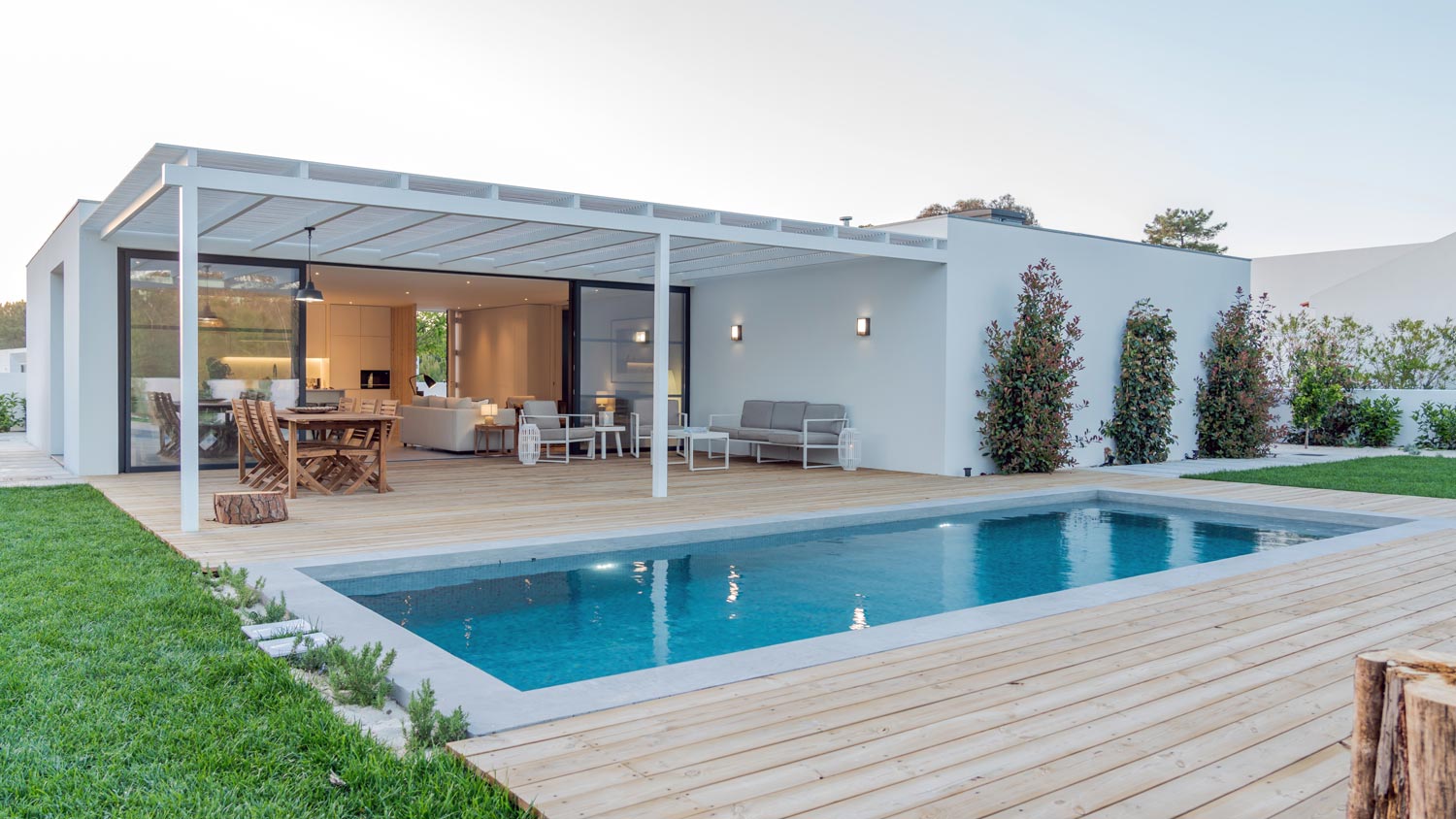
While an in-ground pool or a koi pond may feel like the height of luxury, many buyers disagree. Water features require expensive, ongoing maintenance that many homeowners will be loath to take on, and above-ground pools and hot tubs strike many as unsightly. For families with young children or small pets, a pool can also represent an anxiety-provoking hazard.
If you live in a part of the country that’s warm for more than six months of the year, there is a chance that an in-ground pool could actually boost your final sale price—but it’s still a bit of a gamble.
3. Unkempt Yard
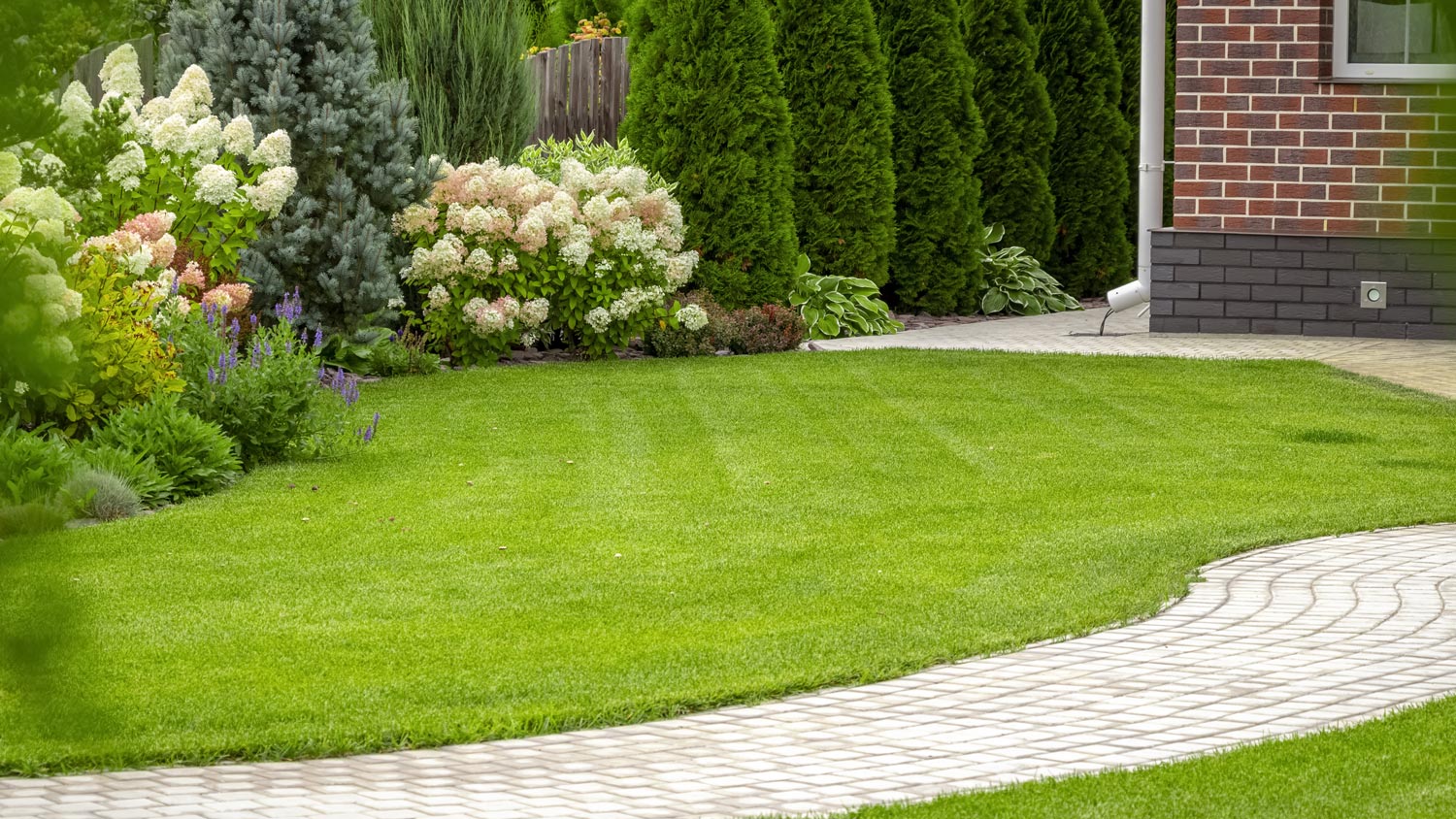
Overgrown grass brimming with dandelions, frightful brambles, an uneven footpath are more than just unsightly. These, and other symptoms of a poorly maintained yard, could set the bids plummeting when your home goes on the market.
A less-than-pleasing yard is an immediate turn-off for any potential buyer, no matter how much they like the rest of the house—and if conditions are bad enough, they may have to factor in the time and money required for an extensive landscaping job that nobody wants to take on.
4. Lingering Odors and Irritants
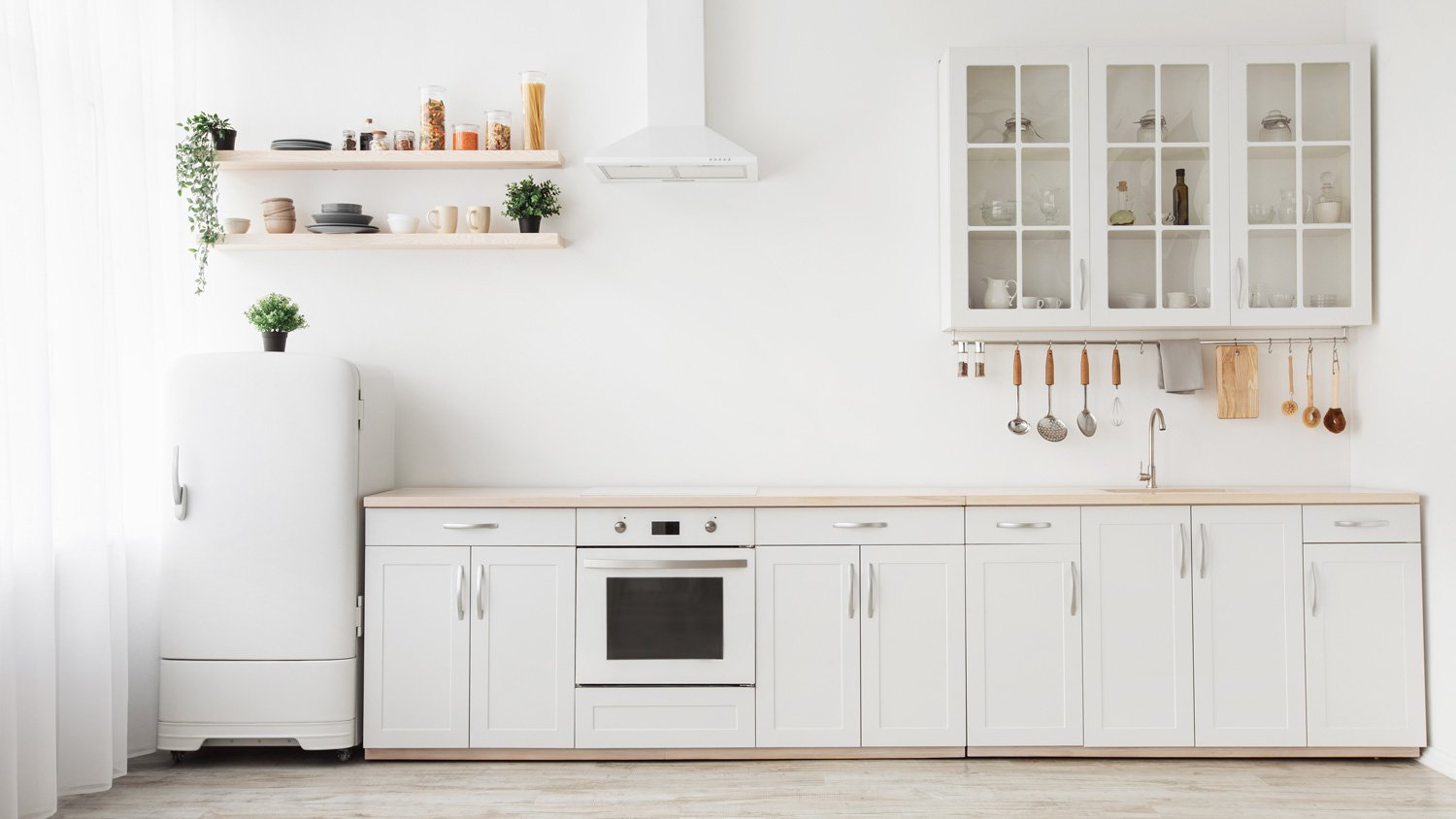
According to a Realtor survey, smoking indoors can devalue a home by as much as 29%. Likewise, any dander left by furry friends in carpets and on walls can erect a big hurdle for any buyers with allergies. If you want to get as much as possible for your house, invest in a thorough whole-house cleaning. Hiring a local cleaning professional can help.
5. Over-the-Top Decorating
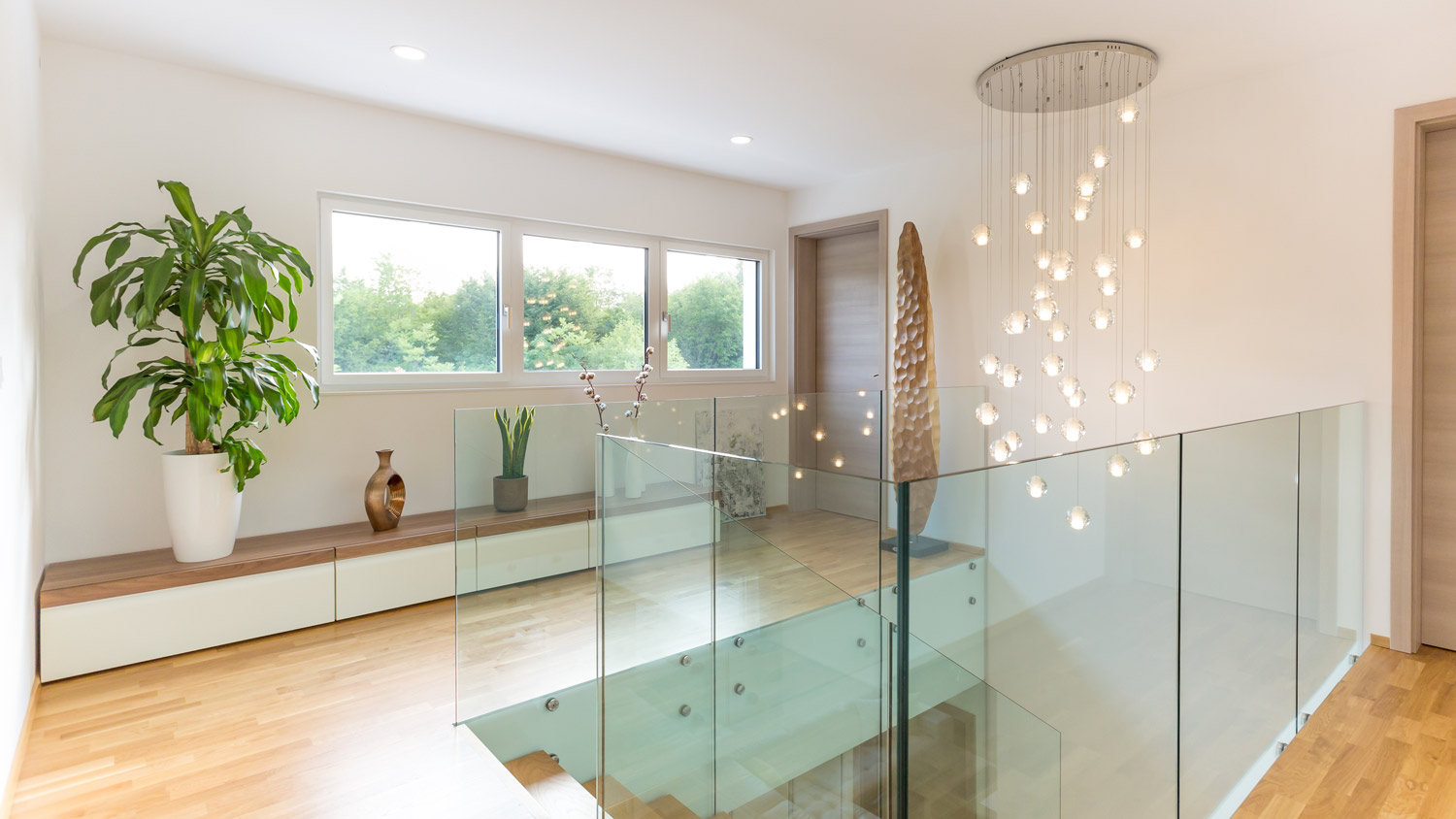
Many people see the interior of their home as a canvas for self-expression, but if maximizing ROI is your priority, make sure your quirky flare can be removed relatively easily before showing the house.
For better or for worse, the blander the design, the more buyers it will appeal to. When someone views your home, you want them to see a blank canvas they can personalize. Some of the particular features that might get buyers bargaining down include:
Statement tiles
Bold, colorful paint jobs, both inside and out
Dark and heavy interior paint shades
Wood paneling
Oversized furniture
Chandeliers and other kinds of elaborate light fixtures
Built-in electronics
6. Visible Satellite Dish
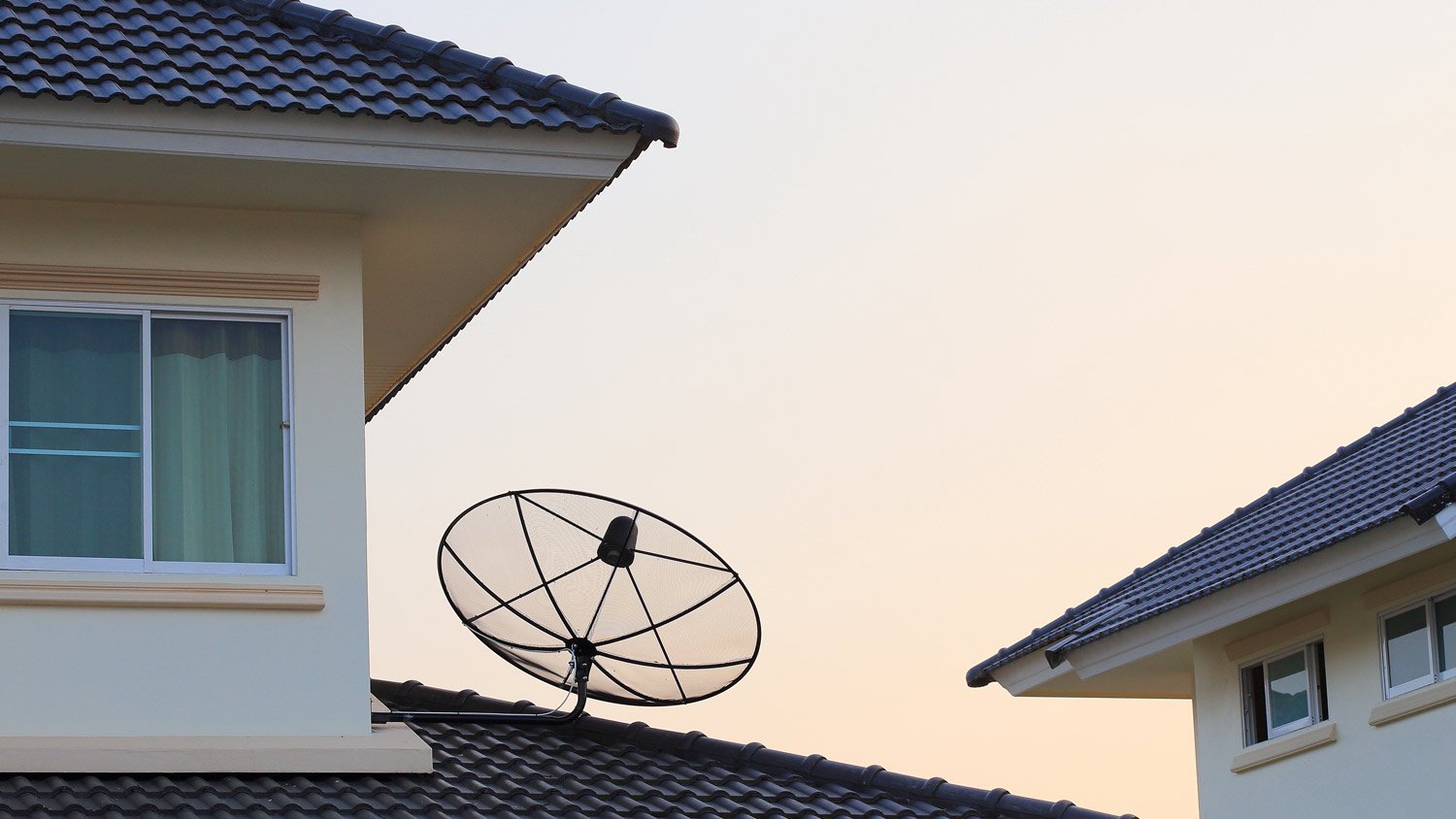
While many people want to see thousands of direct-broadcast television channels, fewer wish to see the big, bulky satellite dish that brings them into your home. If you get a dish installed, work with the technicians to place it in an out-of-the-way spot and maintain that curb appeal.
7. Subpar Renovations
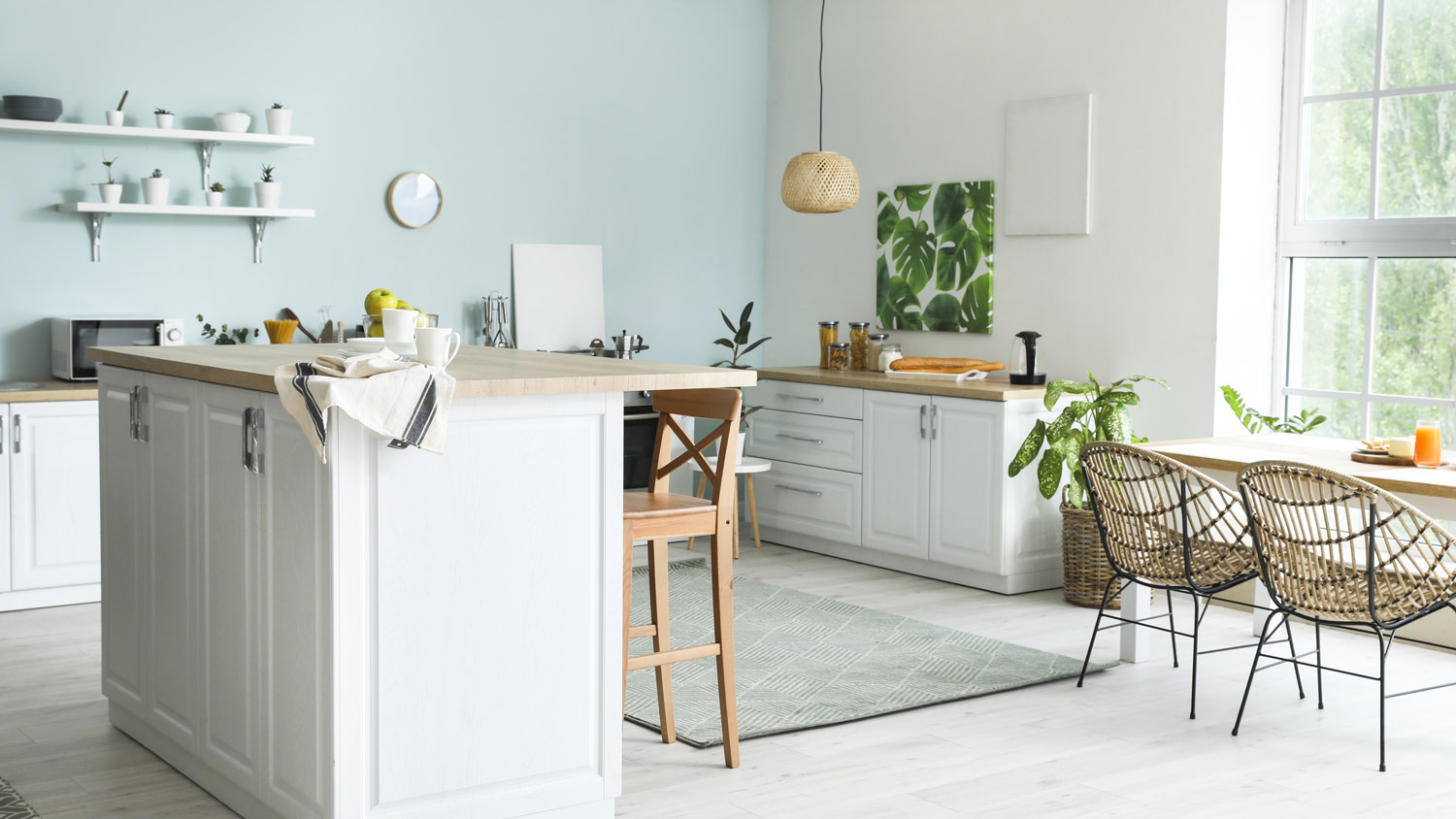
While adding a kitchen island or performing a loft conversion can plump the final selling price of your home, subpar work can scare off buyers. Whether it was an overambitious DIY project gone awry or a contractor less capable than they claimed to be, it might be worth redoing any shoddy work or bringing in someone who can give it a professional finish before presenting the house to buyers.
8. General Disrepair
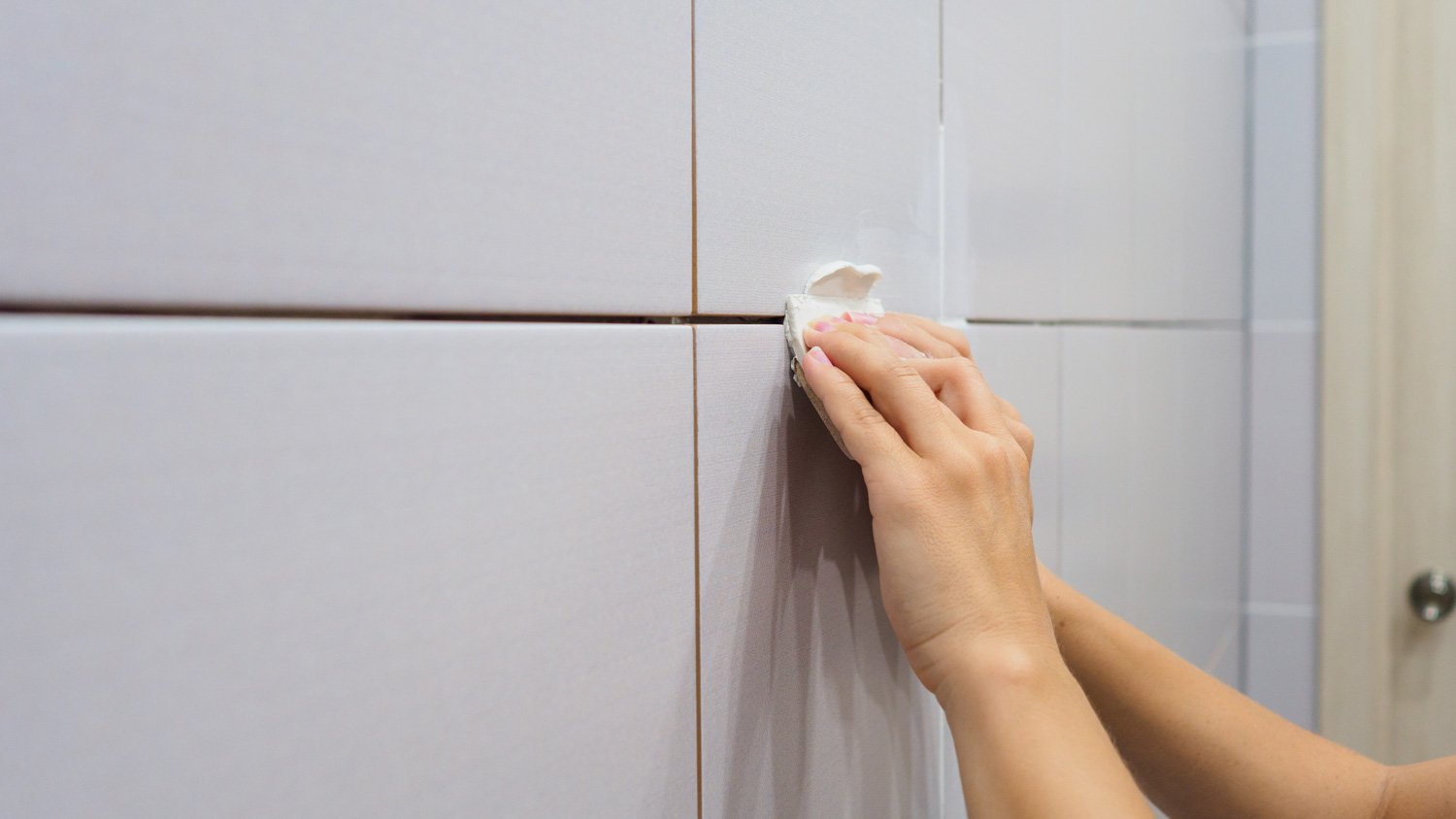
While much of the advice on boosting your home’s value focuses on major renovations, the less-glamorous work of ongoing maintenance plays a big role in the home’s final selling price. Throughout your time spent in the house, you should be taking proactive steps to keep everything in top shape. For instance, change the furnace filter, scrub the grout, and repaint any chipped walls.
9. Outdated Kitchen or Bathroom
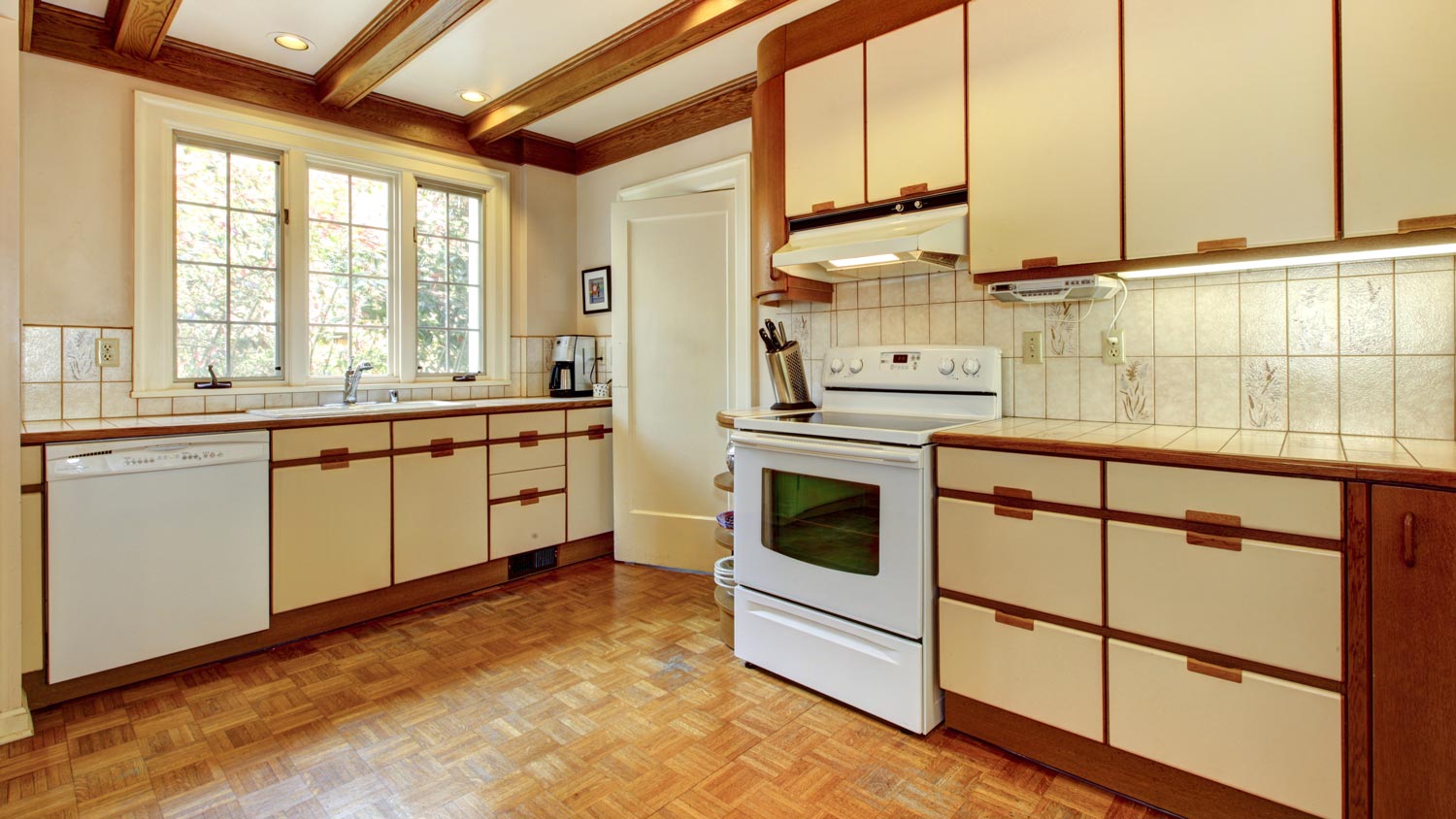
When it comes to making an impression, no rooms are as important as the kitchen and bathrooms. If they’re dingy, dark, or small, it may put a real damper on a potential buyer’s enthusiasm. Renovating your kitchen and remodeling your bathroom yield high ROIs (we’re talking 70% to 90%), so it’s a worthwhile investment before selling.
10. Mold
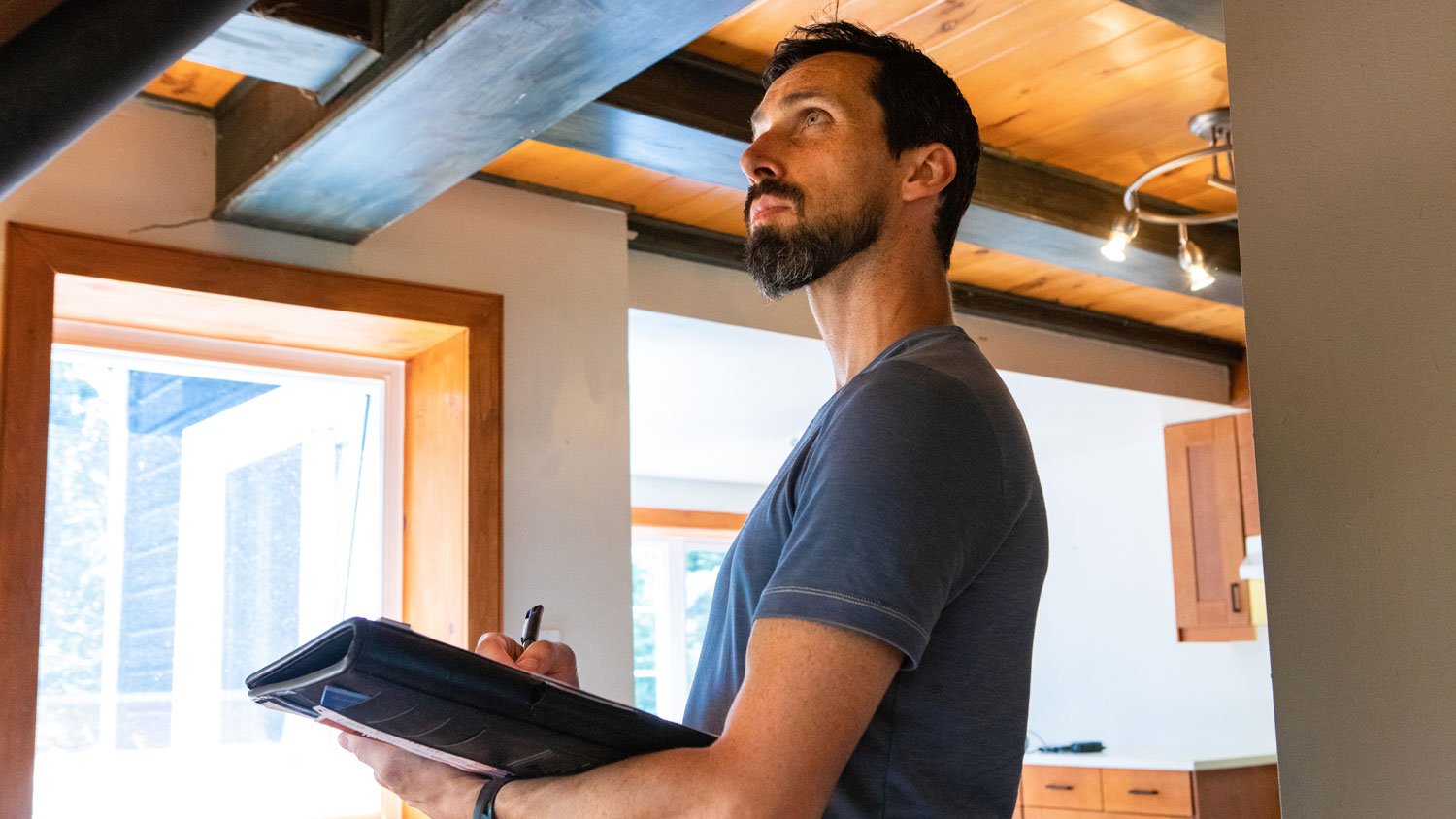
Visible mold will be an instant—and major—red flag to any potential buyer, drastically lowering the amount they might be willing to pay for the home. Given the health problems mold can create, it would also be seriously irresponsible to not disclose the extent of the problem to buyers. Invest in thorough mold remediation by a local pro for both the health of your family and the value of your home.
11. Textured Walls and Ceilings
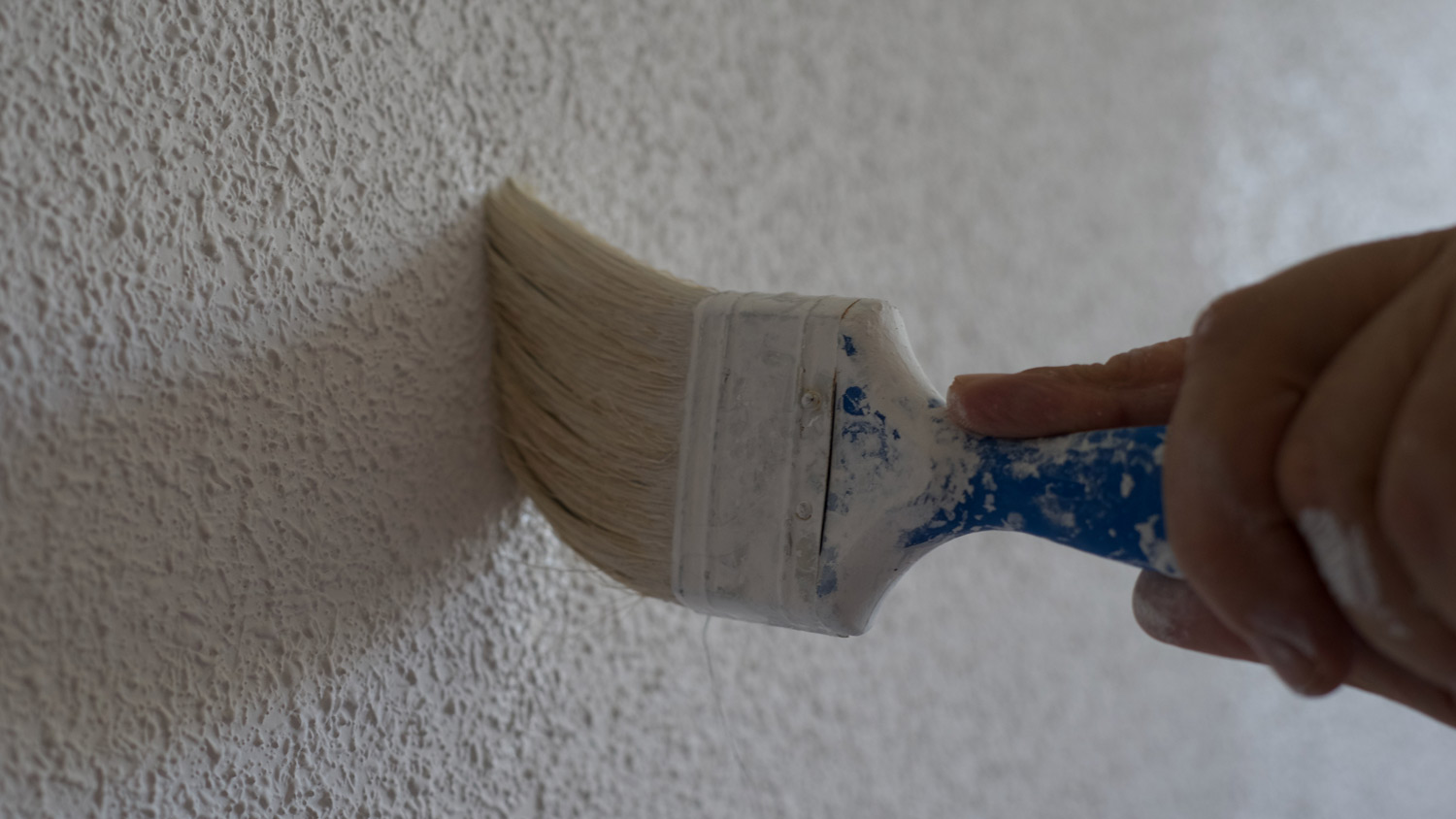
Stucco, popcorn ceilings, and other kinds of textured walls and ceilings may come in and out of style, but they are rarely the rage among prospective buyers. Because these designs are sometimes used to cover up damage and imperfections, they can also make buyers fear you’ve got something to hide. Opt to pay for de-texturing your ceiling and walls before going to market; it may save you money in the end.
12. Wall-to-Wall Carpet
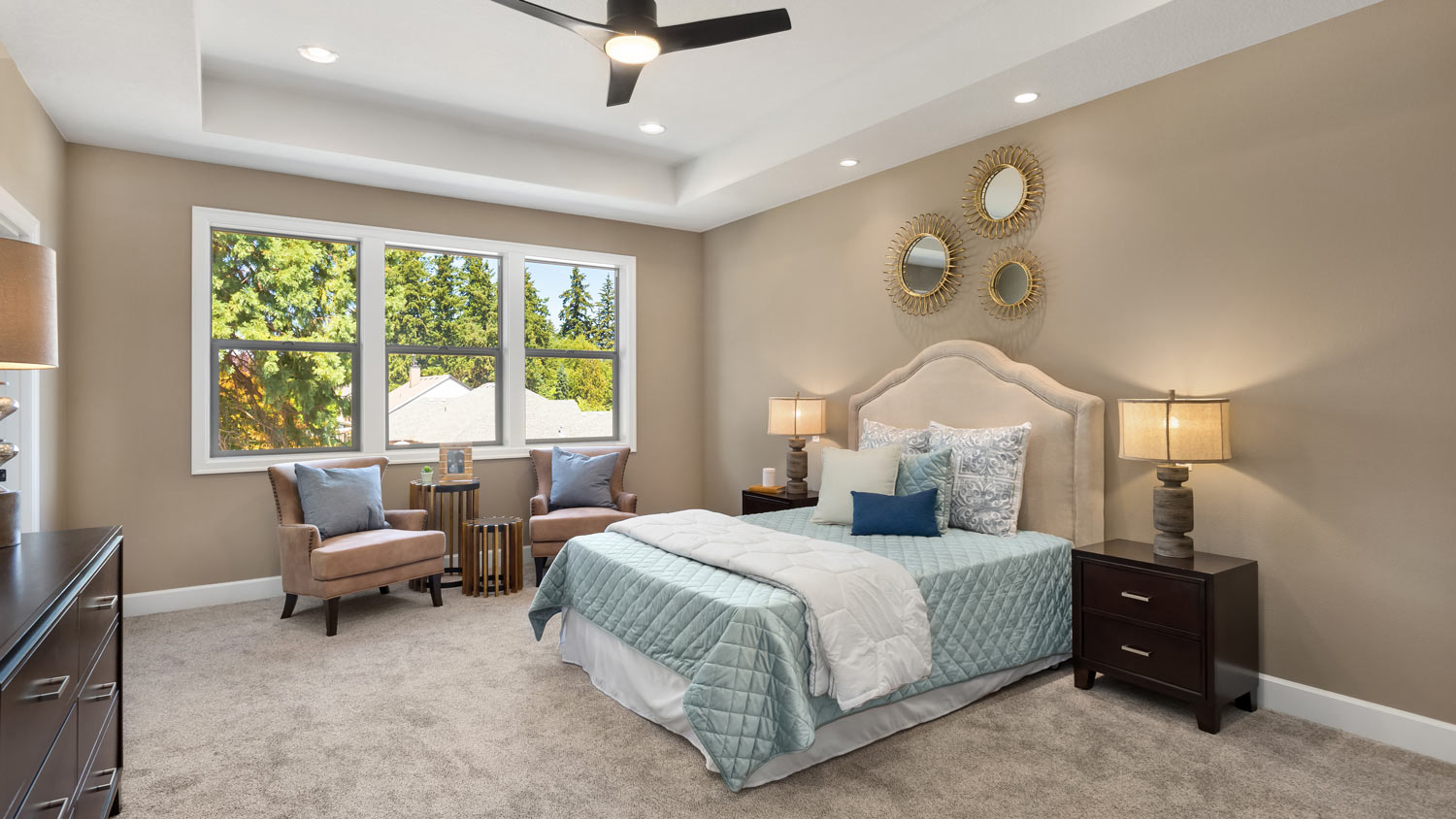
For many decades, wall-to-wall carpeting was a must for buyers. Then it became passé, and though it’s making a bit of a comeback, it can still give pause to many. The churn of fashion aside, it can turn buyers off with its ongoing maintenance demands. Ripping it out might prompt buyers to get out their checkbooks.
13. Wallpaper
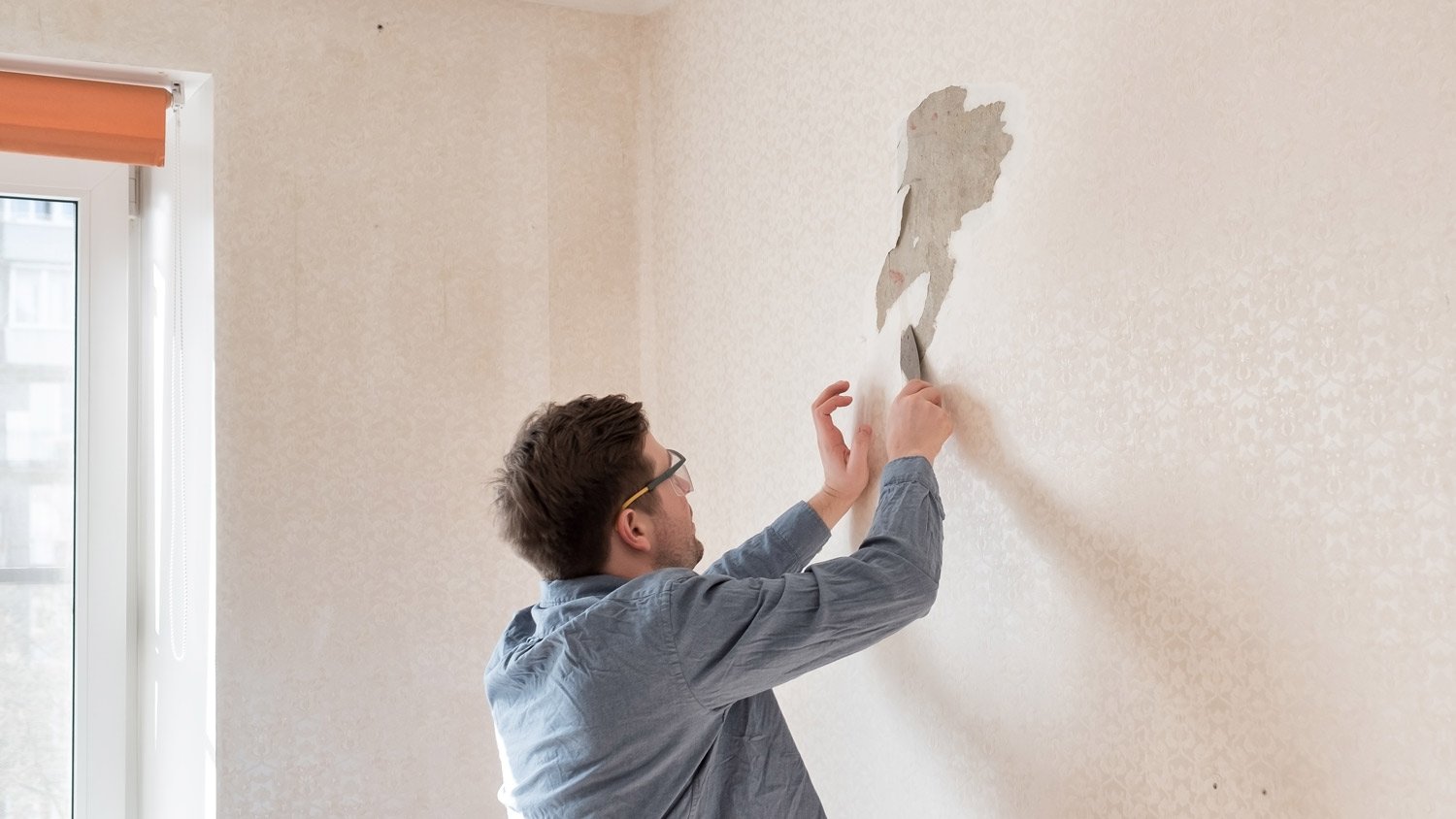
Wallpaper is making a comeback, as it’s a great way to add texture, depth, and color to a space. But it’s also a major paint to remove, and its bold style often proves to be divisive. To play it safe, remove your wallpaper before selling so buyers don’t get distracted.
14. A Sunroom
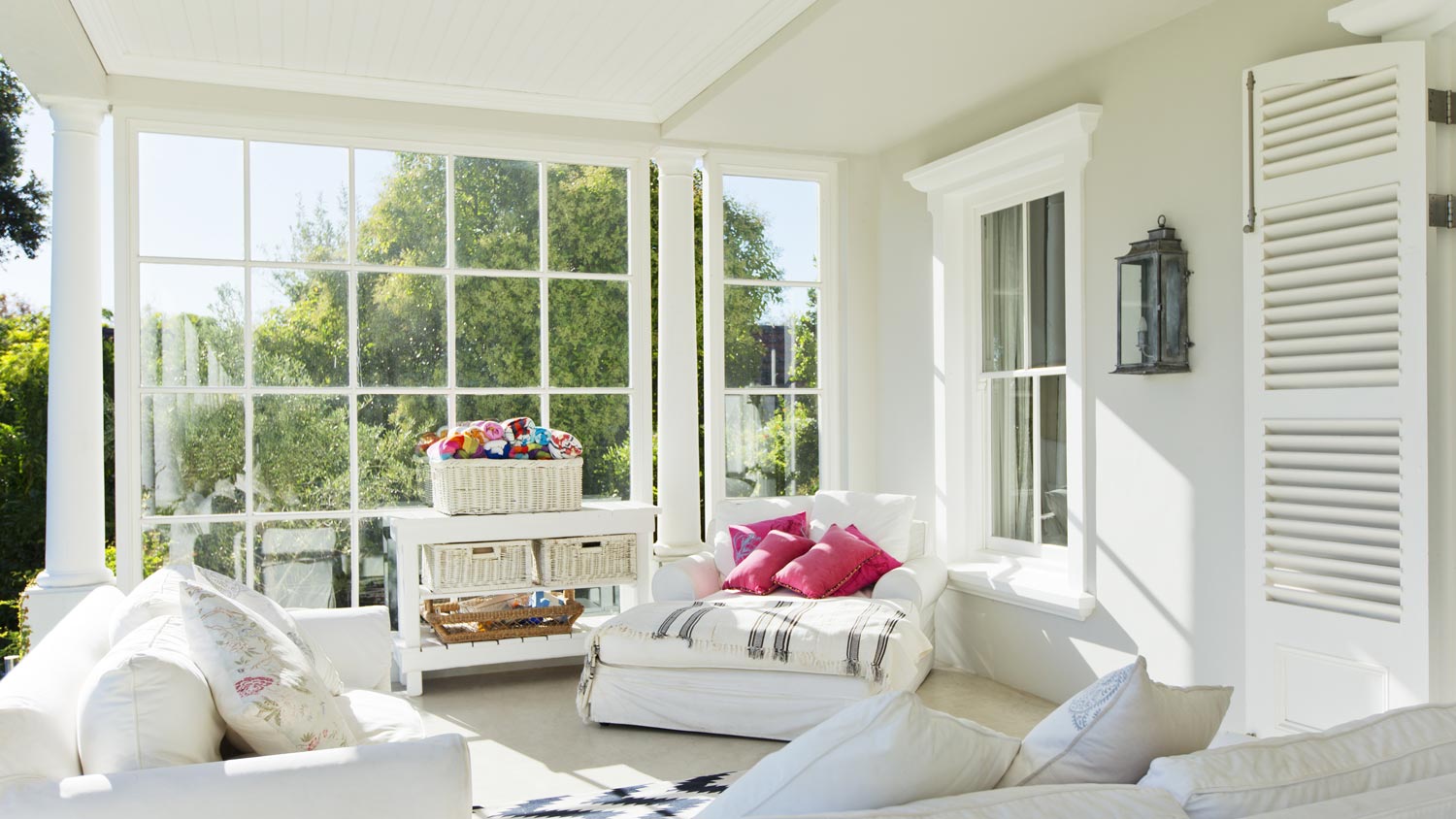
A sunroom can be picture-perfect, but it can be costly to maintain. Unless you’re planning to really invest in the heavy insulation and a supercharged HVAC system that will keep a sunroom habitable throughout the year, it could lower your home’s sale price before undertaking the renovation. Altogether, a new sunroom can be expected to boost your ROI by less than half the cost of the addition, according to HomeAdvisor.
15. Lack of Closets
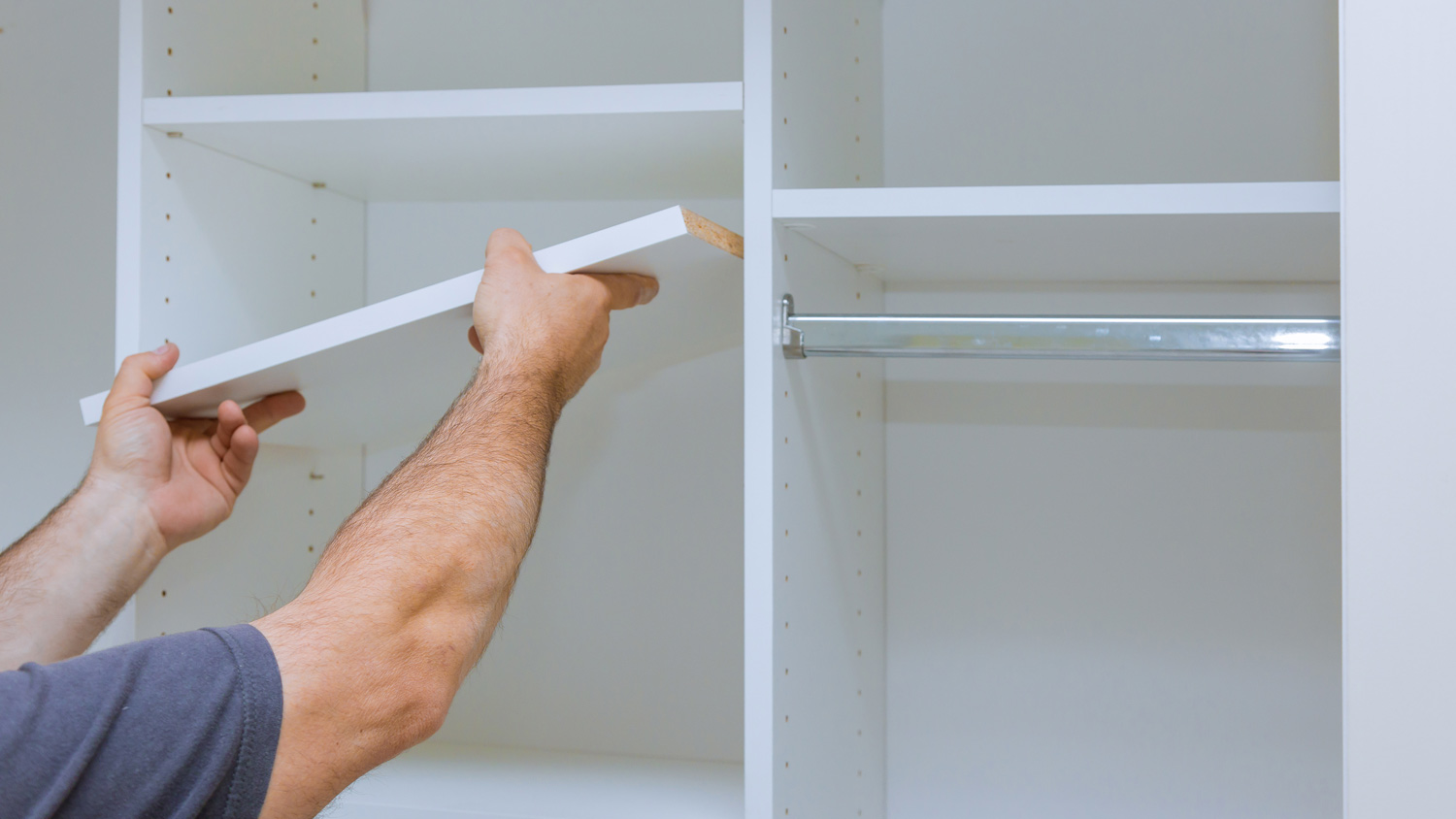
It might seem like a small detail, but buyers are all about closets. And if there aren’t enough (maybe you removed a few in a past renovation?), they notice. So think twice about getting rid of any storage space, even if you don’t need it.
- Sell Your House Quickly by Making These 6 Home Improvements and Repairs
- Home Staging Checklist: 35 Tips to Sell Your Home Quickly
- Home Projects You Should Take Care of—and Those You Can Skip—Before Selling Your House
- Does a New Roof Increase Home Value? Here’s What to Know
- How Much Value Will a Bathroom Remodel Add to Your Home?
- 5 Home Improvement Projects You Can Do for Under $1,000
- 11 Handy Tips and Tricks to Help With Your Next Home Project
- What to Do After a House Fire: 8 Steps for Home Fire Recovery
- 10 Things to Consider When Building a Pool
- 11 Home Heating Mistakes You Didn't Know Were Costing You










